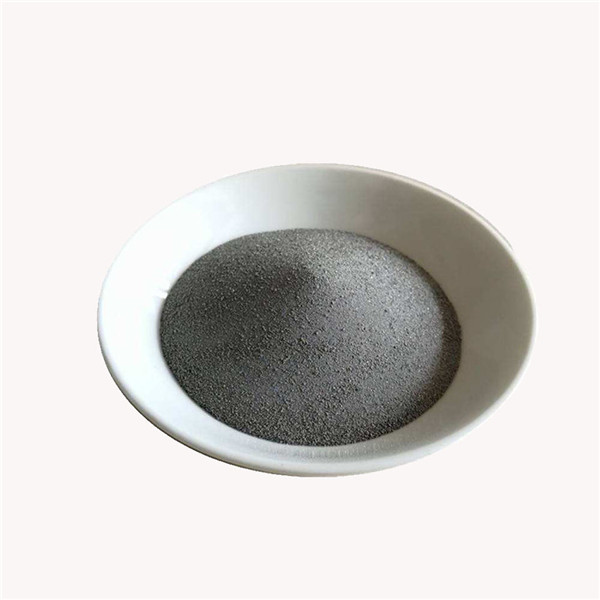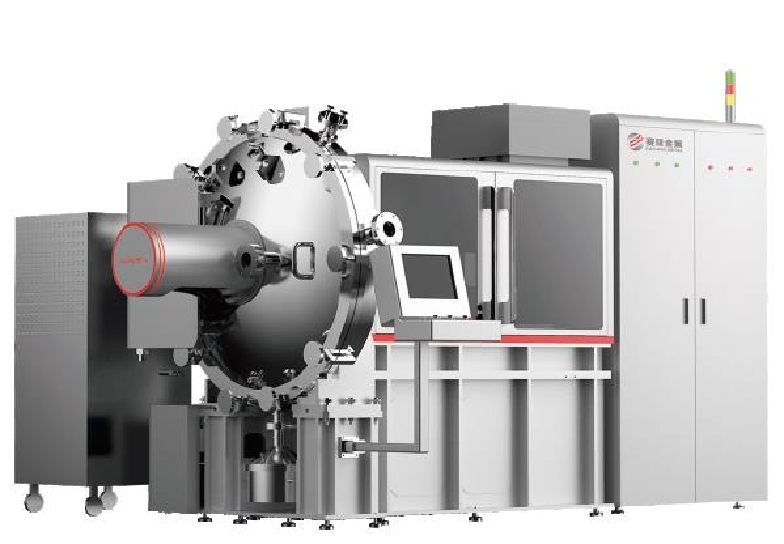Table of Contents
ToggleIntroduction
Gas atomization is a widely used technique in the production of metal powders. It involves the conversion of a molten metal stream into fine droplets using a high-velocity gas jet. This process results in the formation of spherical metal particles, which have numerous applications across various industries. In this article, we will explore the gas atomization process, its advantages, applications, and the factors that influence the characteristics of the resulting metal powders.
What is Gas Atomization?
Gas atomization is a metal powder production method that utilizes a high-velocity gas jet to disintegrate a molten metal stream into fine droplets. These droplets rapidly solidify in-flight, forming spherical metal powders with a controlled particle size distribution. Gas atomization offers several advantages over other powder production techniques, including the ability to produce highly spherical and flowable powders with tailored properties.

Gas Atomization Process
The gas atomization process can be divided into three main stages: preheating, atomization, and solidification.
Preheating
Before the metal is atomized, it is typically preheated to a temperature above its melting point. Preheating helps ensure that the metal is in a fully liquid state and facilitates its flow through the atomization nozzle. The preheating temperature is carefully controlled to optimize the atomization process and obtain desired powder characteristics.
Atomization
During the atomization stage, the preheated metal is forced through a nozzle into a chamber filled with high-velocity gas. The gas jet disintegrates the metal stream into fine droplets through a combination of shear forces and turbulent flow. The atomized droplets quickly solidify due to the rapid heat transfer from the droplet surface to the surrounding gas.
Solidification
After the metal droplets are formed, they undergo solidification. The rapid cooling rate during solidification promotes the formation of spherical particles. The solidified metal powders are collected, typically using a cyclone or a filtration system, and then undergo further processing steps, such as sieving and annealing, to refine their properties.
Advantages of Gas Atomization
Gas atomization offers several advantages that make it a preferred method for metal powder production:
- Spherical Particle Shape: Gas atomization produces spherical metal powders, which offer improved flowability, packing density, and uniformity in various applications.
- Controlled Particle Size Distribution: By adjusting process parameters, such as gas flow rate and melt temperature, it is possible to achieve a controlled particle size distribution, allowing for tailored powder properties.
- Low Contamination: Gas atomization enables the production of powders with low levels of contamination, as the mol helps maintain the purity of the metal powders. The absence of reactive or contaminating elements ensures that the resulting powders are of high purity.
- Enhanced Flowability: gas atomization metal powder exhibit excellent flow characteristics due to their spherical shape, resulting in improved handling and processing efficiency.
- Uniform Composition: The rapid solidification of the metal droplets in gas atomization leads to a uniform composition throughout the powder particles, ensuring consistent properties in the final product.
- Versatile Alloy Production: Gas atomization allows for the production of a wide range of metal alloys with precise compositions. This versatility enables the development of advanced materials tailored for specific applications.

Applications of gas atomization metal powder
Gas atomized metal powders find applications in various industries due to their unique characteristics. Some of the key applications include:
Additive Manufacturing
Gas atomized metal powders are extensively used in additive manufacturing processes, such as powder bed fusion (PBF) and selective laser melting (SLM). The spherical particle shape and controlled particle size distribution contribute to excellent flowability and packing density, enabling uniform layer deposition and high-quality 3D printed parts.
Powder Metallurgy
gas atomization metal powder serve as the feedstock in powder metallurgy processes, where they are compacted and sintered to form solid metal components. The uniform composition and fine particle size distribution of gas atomization metal powder enhance the density, strength, and dimensional accuracy of the final sintered products.
Thermal Spray Coatings
gas atomization metal powder are used in thermal spray coating techniques to apply protective or functional coatings onto various surfaces. The spherical particle shape ensures uniform coating thickness and enhances bonding between the particles and the substrate, resulting in improved coating quality and performance.
Brazing and Soldering
Gas atomized metal powders find applications in brazing and soldering processes, where they are used as filler materials to join metal components. The controlled particle size distribution and composition of gas atomization metal powder enable precise control over the melting and flowing behavior during the joining process, leading to strong and reliable joints.
Factors Affecting Powder Characteristics
Several factors influence the characteristics of gas atomization metal powder:
Gas Flow Rate
The gas flow rate during atomization affects the droplet size and distribution. Higher gas flow rates result in smaller droplets and finer powders, while lower flow rates produce larger droplets and coarser powders.
Nozzle Design
The design of the atomization nozzle influences the atomization efficiency and droplet size. Nozzle geometry, dimensions, and exit velocity of the gas jet play a crucial role in determining the powder characteristics.
Melt Composition
The composition of the molten metal being atomized affects the alloy composition and properties of the resulting powders. Different alloys may have varying solidification behaviors, which can impact powder morphology and quality.
Atomization Gas
The choice of atomization gas can impact the cooling rate and solidification behavior of the droplets. Inert gases, such as argon or nitrogen, are commonly used to prevent oxidation and maintain powder purity.
Particle Size Distribution
The desired particle size distribution can be achieved by adjusting process parameters, including the gas flow rate, melt temperature, and atomization conditions. A narrow particle size distribution is often desirable for specific applications.

Gas Atomization Techniques
gas atomization metal powder can be performed using different techniques, each with its own advantages and limitations. Some common gas atomization techniques include:
Water Atomization
In water atomization, the molten metal is atomized using a high-pressure water jet instead of a gas jet. The water rapidly cools the droplets, resulting in the formation of solid powders. Water atomization is suitable for producing larger-sized powders.
Gas Jet Atomization
Gas jet atomization is the most widely used technique, where a high-velocity gas jet disintegrates the molten metal stream into fine droplets. The gas jet can be directed in various ways to achieve specific powder characteristics.
Rotating Disk Atomization
Rotating disk atomization involves rotating a disk with multiple orifices through which the molten metal flows. The rotating disk disintegrates the metal stream into droplets. This technique offers precise control over droplet size and distribution.
Conclusion
Gas atomization is a highly effective method for producing metal powders with desirable characteristics. The process offers advantages such as spherical particle shape, controlled particle size distribution, low contamination, and versatility in alloy production. gas atomization metal powder find applications in additive manufacturing, powder metallurgy, thermal spray coatings, and brazing/soldering processes. Various factors, including gas flow rate, nozzle design, melt composition, atomization gas, and particle size distribution, influence the properties of the resulting powders. Different gas atomization techniques, such as water atomization, gas jet atomization, and rotating disk atomization, provide flexibility and control over powder production.
FAQs
- What is gas atomization? Gas atomization is a process that involves breaking a molten metal stream into fine droplets using a high-velocity gas jet, resulting in the production of spherical metal powders.
- What are the advantages of gas atomization over other powder production methods? Gas atomization offers advantages such as spherical particle shape, controlled particle size distribution, low contamination, high purity, enhanced flowability, uniform composition, and the ability to produce versatile metal alloys.
- Where are gas atomized metal powders used? Gas atomized metal powders find applications in additive manufacturing, powder metallurgy, thermal spray coatings, and brazing/soldering processes.
- What factors influence the characteristics of gas atomization metal powder? Factors such as gas flow rate, nozzle design, melt composition, atomization gas, and particle size distribution play a significant role in determining the characteristics of gas atomization metal powder.
- What are the different gas atomization techniques? Some common gas atomization techniques include water atomization, gas jet atomization, and rotating disk atomization, each offering unique advantages in powder production.






